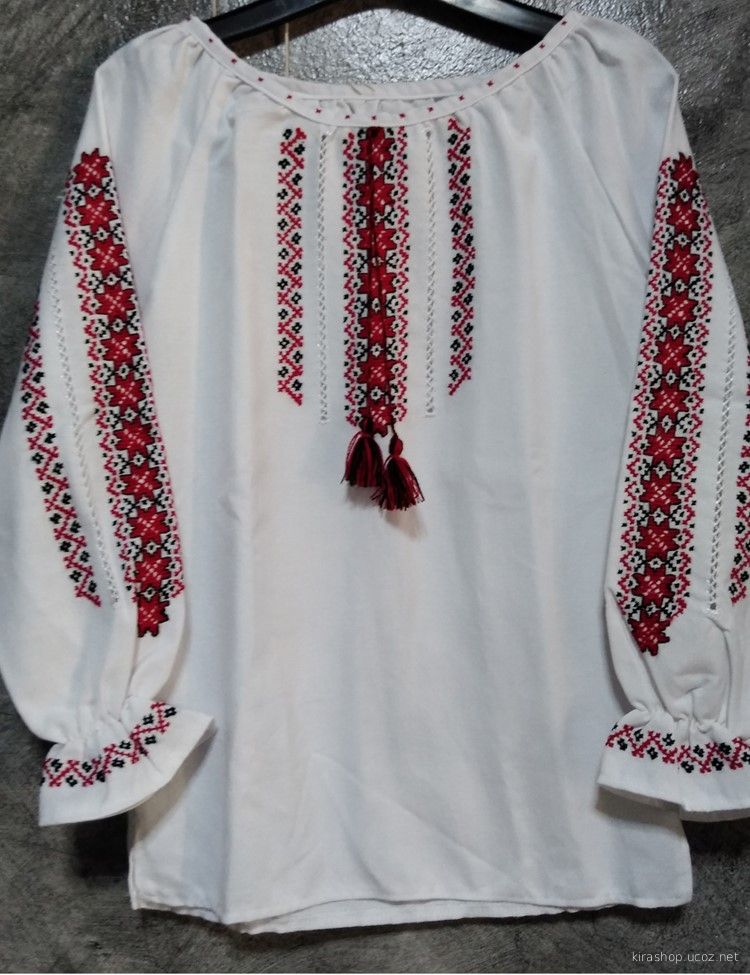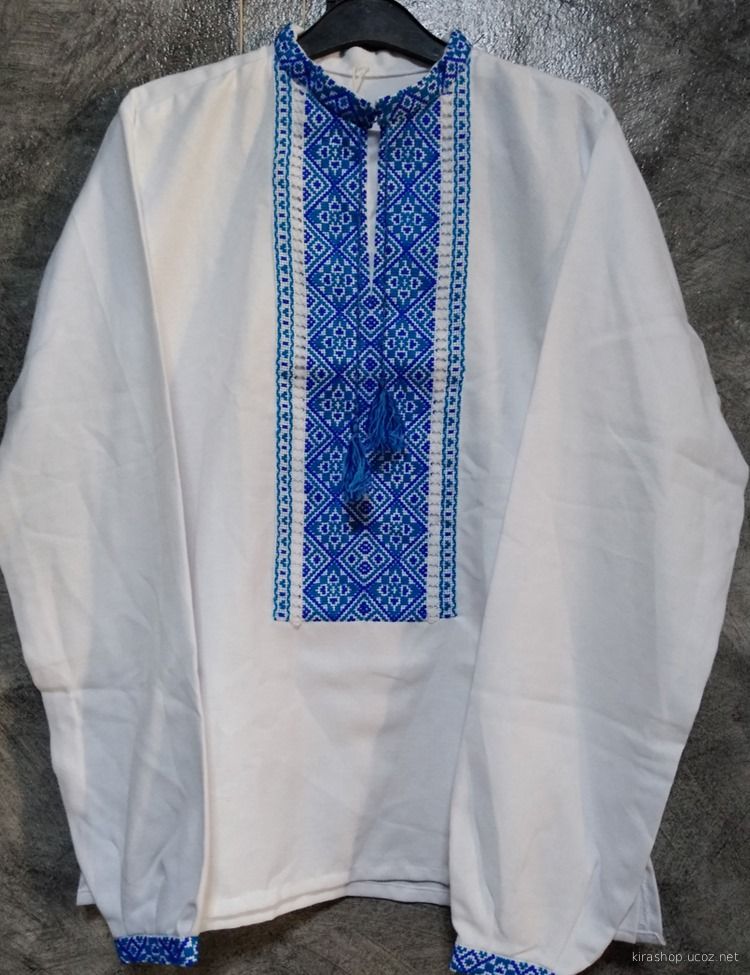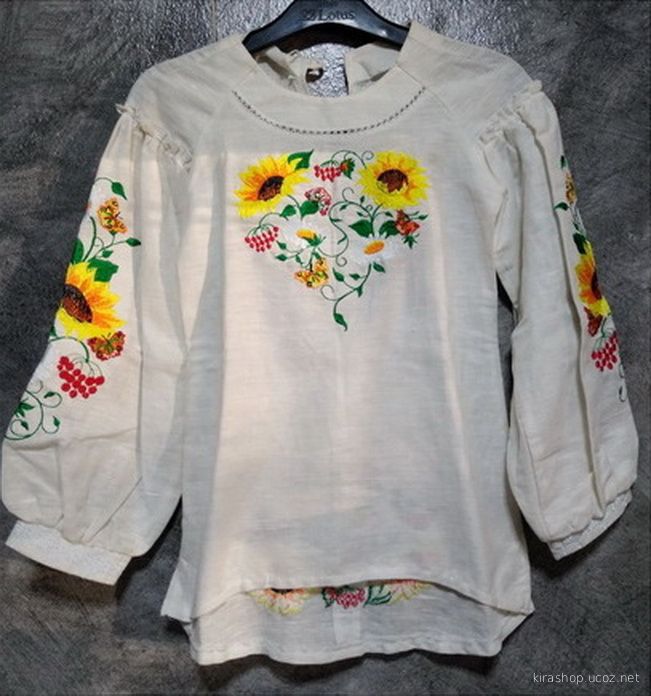
 Eastern Europe Folk Dress.
Folk dress in eastern Europe distinguished shepherds and peasants from fashion-following townspeople and landowners. In regions where peoples of different ethnic origins coexisted, folk dress could also function as ethnic dress. The general characteristics of eastern European folk dress resembled those of western Europe. However, historical and cultural influences created some remarkable folk costumes and customs.
Eastern Europe Folk Dress.
Folk dress in eastern Europe distinguished shepherds and peasants from fashion-following townspeople and landowners. In regions where peoples of different ethnic origins coexisted, folk dress could also function as ethnic dress. The general characteristics of eastern European folk dress resembled those of western Europe. However, historical and cultural influences created some remarkable folk costumes and customs.
Historical Overview. Eastern Europe has experienced centuries of change as a result of shifting political boundaries. Tribal groups inhabited many northern and central regions until Germanic crusaders arrived during the Middle Ages. Thereafter, a landowning class developed that oversaw agricultural production by peasant-serfs. Ottoman Turkey ruled much of southeastern Europe, stretching as far north as Hungary. Russia, poised on the edge of Europe, melded ideas from both east and west.
 During the tumultuous twentieth century, eastern European countries became part of the Russian Soviet Federative Socialist Republic. The breakup of the Soviet Union in 1991 brought a period of ethnic conflict, still not fully resolved in the early 2000s.
During the tumultuous twentieth century, eastern European countries became part of the Russian Soviet Federative Socialist Republic. The breakup of the Soviet Union in 1991 brought a period of ethnic conflict, still not fully resolved in the early 2000s.
For the study of folk dress, divisions are cultural rather than political. Distinctive styles for peasants appeared as early as the sixteenth century. Influences came from both Europe's fashion capitals and the Ottoman Turks. Several older tendencies already in clothing practices solidified. While some elements came and went, others continued in use and became long-standing components of regional folk dress. In the eastern- and southernmost regions, the wearing of folk dress lasted until the middle of the twentieth century.
As in western Europe, Romanticism and nationalism encouraged the early collection of folk material. Ethnographers carefully recorded facts about the costumes that they collected, including the many local names for the various components.
State-run museums harbor rich collections of folk costumes and related textiles. Much of the literature published during Soviet domination is in Russian, although some texts are translated into two or three languages. With the breakup of the Soviet Union, folk dress gained new status as a symbol of independent nationhood. The many active folk-dance troupes of eastern Europe and abroad maintain a lively interest in creating accurate replicas of costumes.


Baltic Countries.
The three independent states that border the Baltic Sea-Estonia, Latvia, and Lithuania-display great affection for their folk dress. Ethnic celebrations, at which singing of folk songs is an important activity, provide opportunities to wear folk costumes.
Women's folk costumes consisted of skirts, white blouses, and vests; shawls with decorative borders; and headgear to distinguish young unmarried women from matrons. The latter wore crowns, coronets, or floral wreaths to signal their availability, while married women covered their hair with caps or cloths. Brooches and pins made with Baltic amber fastened blouses and shawls. Men's costumes included a shirt, breeches, coat, and hat. Men often secured their stockings with narrow sashes.
Baltic women excelled in weaving complex patterns for belts, sashes, and trims. The following Lithuanian folk song tells of dowry preparation:
Weave, dear mother, the finest linen cloth
While I, still young, weave sashes.
A young man from a distant land
Is eager for my hand.
Women also knitted many pairs of patterned mittens and gloves. The motifs in the weaving and knitting are considered mythological signs by some authorities. Archaeological evidence from the eighth to the thirteenth centuries reveals that some of these costume features predate the arrival of Teutonic crusaders, and thus Christianity.
Some controversy exists about which are the "real" national costumes. In each of the Baltic countries, folk dress based on regional divisions went through several iterations. While some groups look to the ethnographic material collected in the nineteenth and early twentieth centuries, others propose going further back in time to the dress worn prior to foreign occupation. Folk dress in the Baltics continues to evolve
Russia, Belarus and Ukraine.
Western ideas about dress came to Russia, Belarus, and Ukraine rather late in history. In 1700, Peter the Great of Russia forced adoption of European fashions through imperial decree in an attempt to bring refinement to his court. Yet peasants continued to wear folk dress until the end of the nineteenth century.
The late arrival of Christianity to this area, combined with the peasants' connection to the land, preserved ancient agricultural beliefs evident in both style and embellishment of folk dress.
In both Russia and Ukraine, a woman wore a woolen back-apron over her chemise. Called a plákhta or panjóva, it signaled marital status.
Another archaic dress form is a shirt with ultra-long sleeves. Worn by young girls during ritual dances, the fluttering sleeves helped them simulate bird maidens known as víly or rusálki. Embroidery motifs also link to pre-Christian beliefs. Predominantly geometric, the motifs include known fertility and protection symbols. One example is the hooked lozenge, said to represent a fertile field. The use of the primordial colors of red and black (blood and earth) further connect folk dress with pre-Christian religious practices.

 The shirts were girdled at the waist. In some areas of Russia, women wore a sarafan, a long overdress resembling a jumper. As elsewhere, young girls wore crowns, or diadems, while married women covered their hair. Caftans, capes, and furs provided warmth for both sexes during the cold winter months.
The shirts were girdled at the waist. In some areas of Russia, women wore a sarafan, a long overdress resembling a jumper. As elsewhere, young girls wore crowns, or diadems, while married women covered their hair. Caftans, capes, and furs provided warmth for both sexes during the cold winter months.
 Some dress traditions, such as the economical use of cloth, date from the Middle Ages. Lengths of wool and linen were joined with minimal piecing, not cut up for Renaissance-influenced tailored clothing. Both men and women wore linen shirts as the first layer of clothing. Men wore two shirts-the top one of better fabric-over trousers tucked into boots.
Some dress traditions, such as the economical use of cloth, date from the Middle Ages. Lengths of wool and linen were joined with minimal piecing, not cut up for Renaissance-influenced tailored clothing. Both men and women wore linen shirts as the first layer of clothing. Men wore two shirts-the top one of better fabric-over trousers tucked into boots.
Central Europe.
The central European countries have a long, rich history of folk dress. The middle and upper ranks sometimes wore elaborate versions of what could be termed a national style in the seventeenth and eighteenth centuries. Such styles were influenced by European fashions as well as by Ottoman dress. Other components of folk dress in these regions have antecedents that stretch back hundreds, if not thousands, of years.
One such garment is the Hungarian szür, a man's hooded or collared mantle with hanging sleeves. Scholars believed that it developed from the first sleeved coat-the Persian kandys-in the sixth century B.C.E. The Magyars, forerunners of the Hungarians, brought it with them to the central European plains in the ninth century where it developed and flourished as a man's outer garment. Made from coarse fulled wool in either black or white, the decorated szür remained popular with peasants and herdsmen into the early twentieth century. A related garment is the suba, a shaggy woolen cape favored by shepherds.
In Hungary, men's folk dress is just as ornamental as women's. Men wore jackets (dolman), overcoats (mente), fitted pants, and knee-high boots decorated with oriental patterns in embroidery or braid. Even the boot tops could be decorated. Women's dress, which depended heavily on Western fashion, featured Ottoman-influenced tulips and carnations. Frog closures are a design feature of Hungarian coats and jackets for both sexes. Hungarian dress was influential beyond its borders, reaching north to Poland and west to Austria and Switzerland.
Folk dress in the Czech Republic and Slovakia, called kroje, had many local variations. The most distinctive women's costumes are characterized by blouses with large extended sleeves, short full skirts, and prominent headdresses. Lace, cutwork, and embroidery embellished both men's and women's folk dress. During the eighteenth century, the monarchy was charmed by peasant costumes and orchestrated court appearances of peasants in their local dress. The real flowering of folk dress occurred in the late eighteenth and early nineteenth centuries and lasted until 1848 when serfdom was abolished. Some of the older ritualistic uses of folk dress prevailed, specifically the capping of the bride in marriage ceremonies and the isolation of new mothers behind large linen shawls.
In Romania and Moldova, embroidered linen blouses are among the most treasured components of folk dress. Two types exist based on cut. The first, which dates to the adoption of horizontal looms, has a T-shape and no shoulder seams. The second type is gathered at the neck with a drawstring and has full sleeves. Its origins are in Renaissance shirts. The embroidery of these blouses is remarkable-sleeves are covered in geometric motifs of Slavic origin. Romanians wore a variety of outer woolen garments similar to those found in the Balkans: pieced trousers, vests, and coats.
Functions of Folk Dress
In 1971, Petr Bogatyrev published his influential study The Functions of Folk Costume in Moravian Slovakia. A proponent of structuralism, Bogatyrev argued that peasant clothing may be interpreted as a language that communicates a number of functions. These functions express attitudes within the community regarding social, aesthetic, moral, and nationalistic ideals. His observations regarding the wearing of folk dress, some of which are summarized below, apply to all of eastern Europe.
Folk dress signifies a special day, such as Sunday, holiday, or ceremonial day. Clothing for brides and grooms are among the most elaborate.
Folk dress indicates the occupation of the wearer (for example, shepherd).
Components of folk dress have a "magical" function. For example, the ritual marriage cap placed on a new bride brought fertility and good fortune.
Folk dress signifies regional and national affiliation.
Folk dress may indicate religious affiliation.
Age and marital status is communicated by folk dress. Contradictory situations in peasant society, such as single motherhood, are visible in a woman's appearance.
Folk dress has approved aesthetic qualities that attract available members of the opposite sex.
Poland's folk dress is more like that of western Europe: women's outfits consist of white blouses, fitted vests, and full skirts, while men's ensembles include breeches, coats, and hats. Folk-dress traditions were formed in the early seventeenth century, appropriating the braiding and cording so popular among the Hungarians. Older folk beliefs about the allure of women's hair kept matron's heads covered with a variety of cloths and caps.
Balkan Countries
The Balkan countries include Albania, Bosnia-Herzegovina, Croatia, Slovenia, Serbia, Montenegro, Macedonia, and Bulgaria. The former Yugoslavia is in the Balkan region. Mainland Greece belongs geographically to the Balkans, but the country was never part of Europe's Soviet bloc.
Competing ethnic and religious groups, whose clothing differs from one another in form or decoration, inhabit specific regions in the Balkans. Turkish influence is strong, as these countries were once part of the Ottoman Empire. Women of the Muslim faith wore Turkish-style trousers while Christian women wore ankle-length chemises. Fez caps identified Muslim males. Embroidery in curvilinear Islamic designs is seen on costumes in all the countries once ruled by the Turks. This work was done by professionals with couched threads of gold or black silk on fine wool or velvet.
Heavy woolen fabric known as saya or tsocha was common to both male and female costumes. Women spun the wool, which they collected from their flocks, then wove on simple two-harness looms. Sometimes they dyed the fabric black or dark blue; other times it was left white. Then they sent the fabric to water mills near mountain streams for fulling. This process made the wool dense and thick, suitable for village tailors to cut and sew coats, trousers, vests, and jackets.
The women also wove linen, hemp, or cotton for men's shirts, women's chemises, and head cloths. They sewed them with a minimum of cutting and seaming so that no cloth was wasted, then embroidered them with silk or wool threads in dense geometric motifs, some of which are known fertility symbols. In some districts long red or black fringes protected brides and newly married women from the "evil eye," a malevolent force feared throughout the region. In western Macedonia, these fringes can be found on aprons, sleeves, jackets, belts, and headscarves. In her book Women's Work, Elizabeth Barber proposes that fringes on folk dress signaled a woman's availability for marriage just as they did in Neolithic times. Customs such as those in parts of Albania-where a woman who is divorced must cut the fringes from her garments to signify her changed social status-confirm this assumption.
A garment that interests dress historians is the Albanian xhubleta, a bell-shaped skirt constructed from narrow bands of homespun cloth that resembles Minoan women's dress. Another is the white foustanella costume of the Albanian resistance fighters, one of the few skirts worn by men in Europe. More often, men wore baggy pants cut in the Turkish fashion.
Another component common across the Balkan countries is the use of metal coins made into necklaces and headpieces. Large ornamental belt buckles are used for women's festival dress. Commercially printed yellow or white kerchiefs replaced the older white head cloths in recent years.
Eastern Europe Folk Dress By Linda M. Welters
